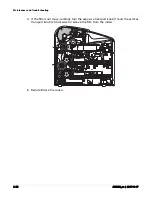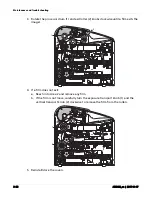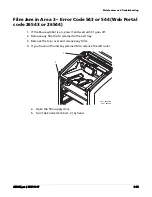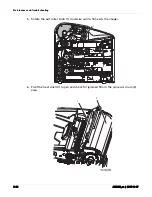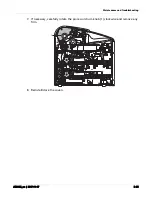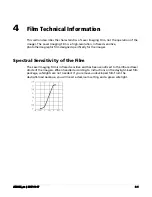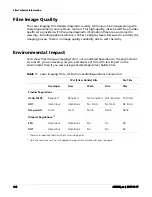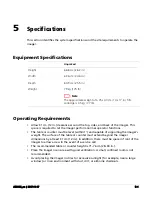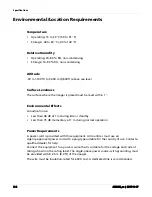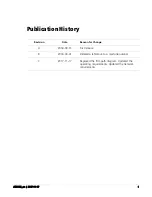
Film Technical Information
4–4
AD3435_en
|
2017-11-17
Exposing Film to Moisture
The Laser Imaging Films typically withstand humidity, spills, and other forms of water
without any significant effect on image quality or film integrity. If needed, film can be
cleaned with a clean, damp cloth.
Odor Dissipation
Dry technology eliminates nearly all processing odors. While some low-level odors are
produced during the development process, they pose no known adverse health risks.
Processing odor levels are further reduced by non-hazardous, disposable filters in the
imager. The filters trap most low-level odors and prevent them from dissipating into the
work environment. To help maintain optimum performance, the filters require periodic
replacement. The imager requires no special venting.
Heat Dissipation
The imager uses controlled heat to develop the Laser Imaging Film. The heat has virtually
no effect on the air temperature of the work area. The amount of heat dissipated into
an area during a day is typically less than the heat generated by two to four 100-watt
light bulbs.
Film Recycling
According to the U.S. Environmental Protection Agency (EPA) standards, the Laser
Imaging Film is not considered hazardous and requires no special disposal procedures.
However, the film does contain silver and polyester that may be recovered by using one
of several recycling processes.





